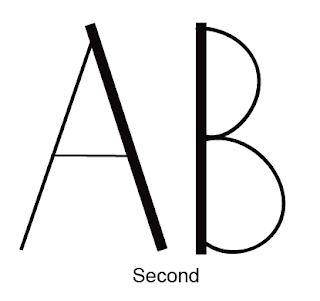Trinity Leeds



When looking around Leeds for examples of wayfinding my first point of call was Trinity. I decided upon this location as hundreds of people circulate the building daily and therefore its wayfinding should be that of high quality.Trinitys wayfinding system uses strategies, these include: Digital maps, floor maps and directional signs.

Simplistic colour coded floor layouts display directions clearly. Individual stores are displayed along the right hand side of the maps and are given a specific number. These numbers are then referenced within the map, allowing for an more accessible wayfinding system. Although larger stores and their logos are presented on the map to allow for an easy, direct viewing system.
The typeface used is a basic sans serif, and is consistent throughout all wayfinding components.
The Light
In comparison to the wayfinding system of Trinity, the Light is much more relaxed. Informal illustrations are used within a map format to co-inside with four different typefaces. The chosen typefaces are difficult to comprehend from a distance, and do not work well as a collective. The main body copy also appears very immature, something in which high end retailers, such as browns, who are located in the shopping complex would not support. I also feel that a stronger colour scheme should be used, as it is inconsistent.



City Centre:
The city centre wayfinding system is very similar to that of Trinity in correlation to colour and leading typefaces. This is mostly likely occured due to Trinity being one of the main shopping complexs of Leeds, and therefore when the citys rebranded their wayfinding system Trinity decided to follow a similar path.
The system is colour coded, and focusing upon specific areas of the city depending upon location. Illustations have also been used to landmark the key iconography of Leeds, making it easier if you are not from familar with the city centre.
Primark Floor system:
A digital approach to a wayfinding system. This system compiles of a simplistic floor plan, consisting primarily of text and also an virtual map. The map is minimal, and unlike the trinity map specifc floors are not colour coded, something in which makes it more difficult to understand. The illustations used are also very childish and do not advertise the store to its whole protential.
Debehams:
In comparrison to the store size, Debenhams wayfinding system is very poor. No map is used, and it is primarily consisted from signage. The typeface is clear, and easily legible from a distance.


















































